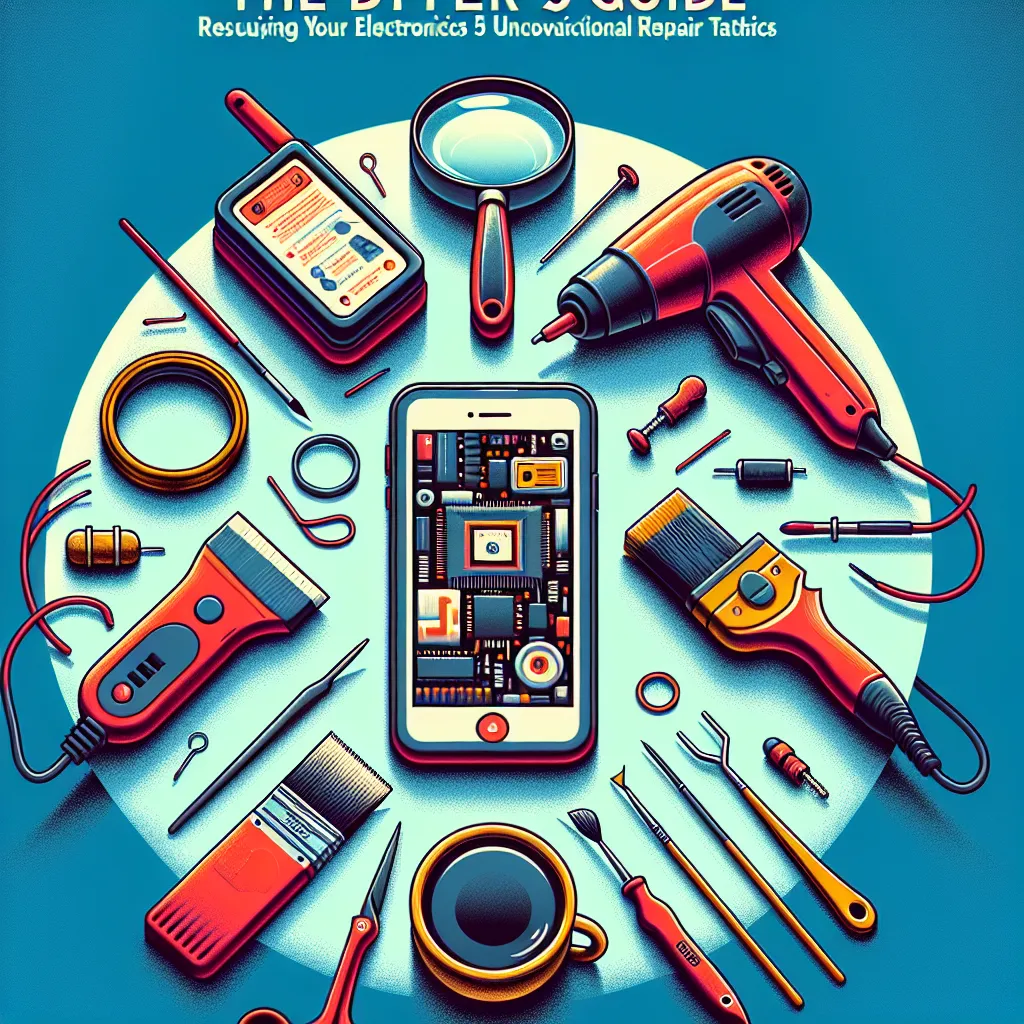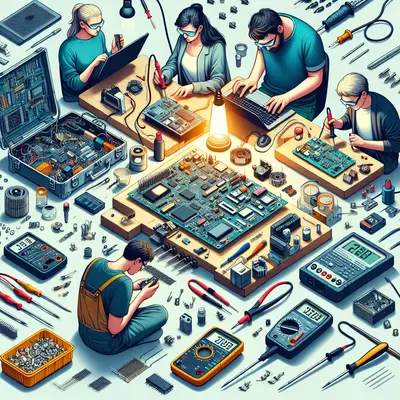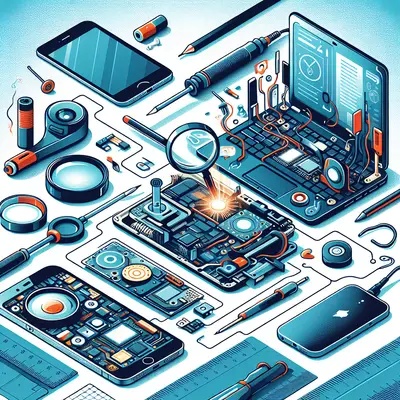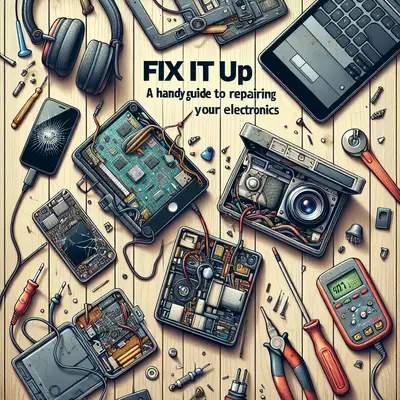Unexpected gadget failures can be a real headache, especially when you're not prepared. But don't fret! With a little know-how and some practical skills, you can breathe life back into your ailing electronics. Here's an insightful guide packed with 5 unconventional repair tactics to help you become a DIY electronics rescue hero.
The Toothpaste Trick
Believe it or not, toothpaste isn't just for oral hygiene. If your smartphone screen is marred with light scratches, using toothpaste could be a quick and easy solution. Apply a small amount of toothpaste on a soft cloth and gently rub it on the scratch in a circular motion. Be careful not to get any moisture into the device, and clean the screen with a fresh, slightly damp cloth afterwards.
The Rice Rescue
Water damage can send chills down any gadget owner's spine. But before you declare your device dead, try the rice rescue method. Completely submerge your device in a bag of uncooked rice and leave it for 24-48 hours. The rice will absorb the moisture and potentially save your gadget from an untimely demise. Remember to remove batteries and SIM cards before doing this.
The Heat Sink Solution
Overheating can wreak havoc on your electronics, especially laptops. If your device is heating up more than usual, it might be time to apply some thermal paste on the CPU or GPU. This paste improves heat transfer from the chip to the heat sink, helping to cool your device. Always remember to clean the old paste off before applying a new layer.
The Freezer Fix
If your hard drive fails, don't panic! A surprising fix involves placing your hard drive in the freezer for a few hours. This can contract the metal parts inside the drive, potentially freeing up stuck mechanisms. Remember to place the hard drive in a sealed bag to avoid moisture damage.
The ESD Safety Measures
Electrostatic Discharge (ESD) can cause severe damage to your electronics during repair. Always use an ESD wrist strap or mat when working on your device. This will ground you and prevent static electricity from zapping your precious components.
Conclusion
Repairing your own electronics can be a rewarding challenge and a great way to save money. With these unconventional tactics, you're well on your way to becoming a DIY electronics repair pro. Remember, safety first – always disconnect power before starting any repair, and when in doubt, consult with a professional. Happy repairing!



